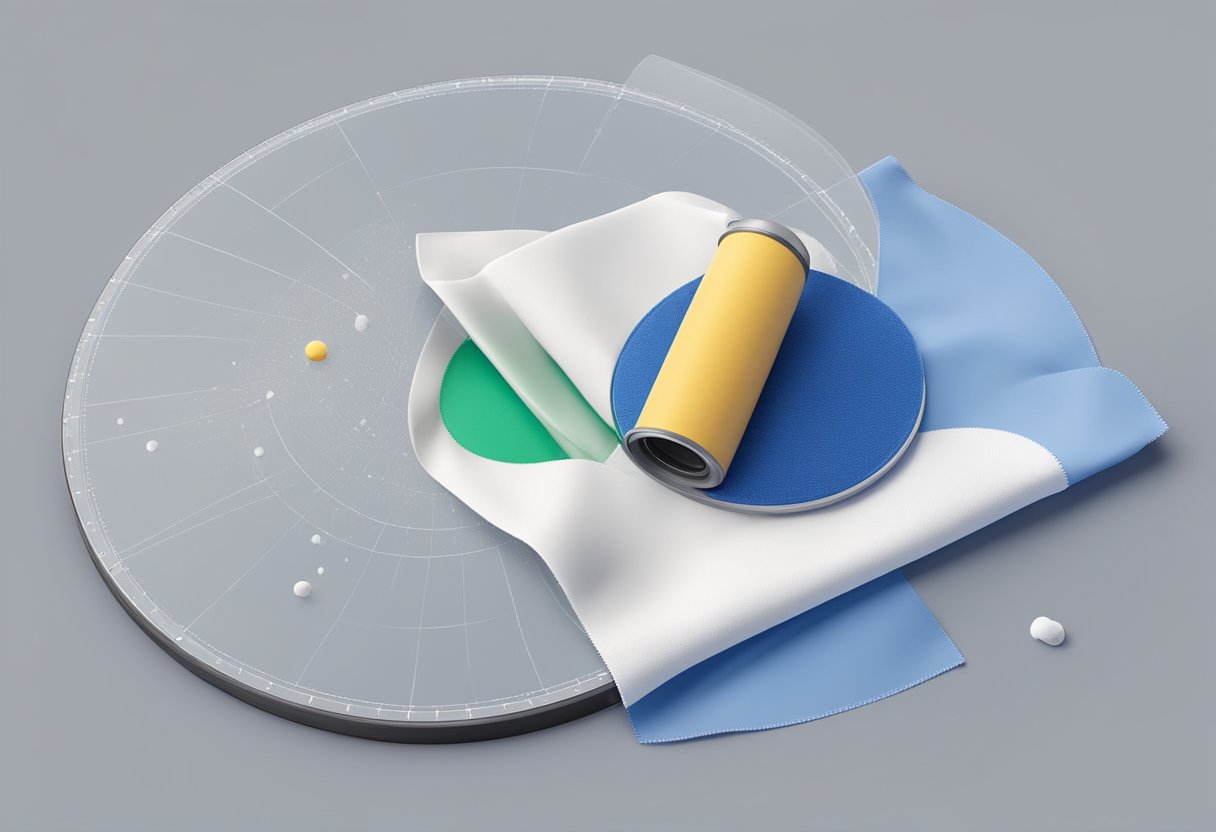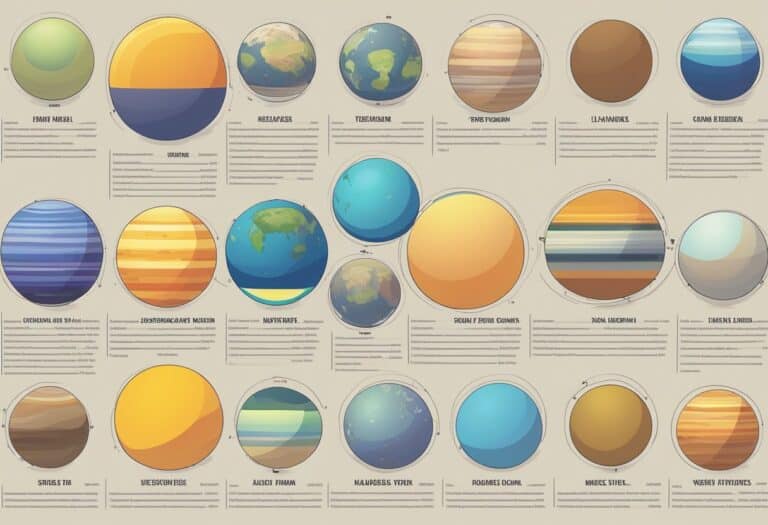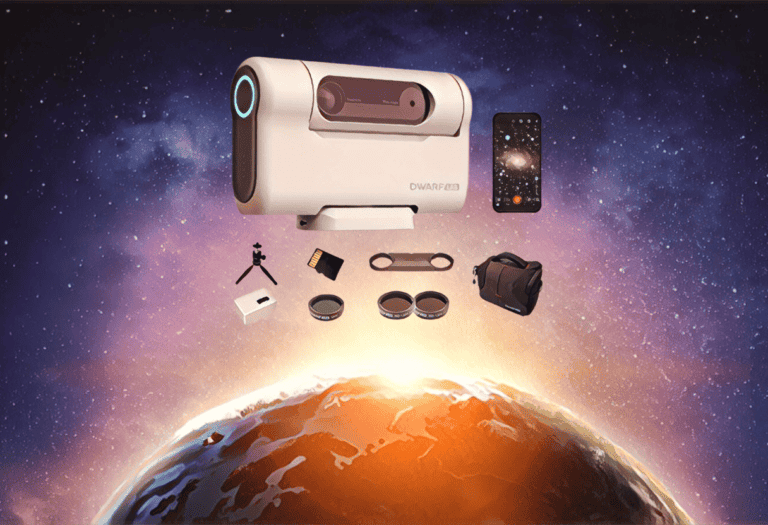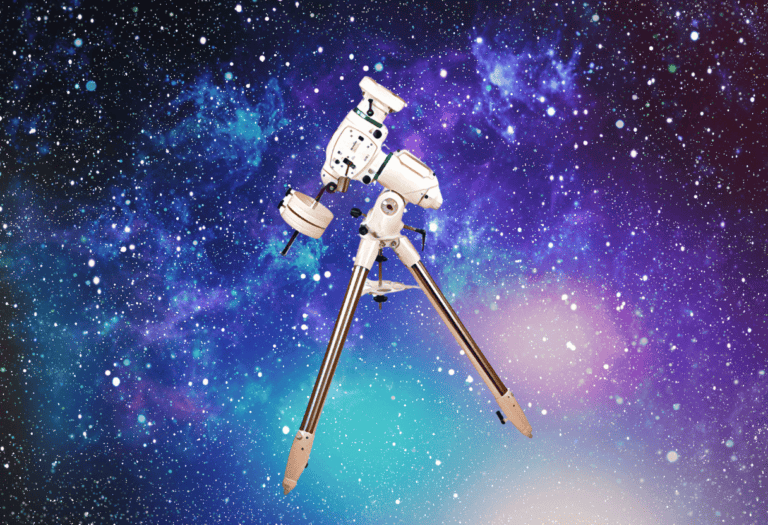Maintaining the clarity and quality of your telescope lens is essential for optimal stargazing experiences.
The lens is the heart of your telescope, responsible for gathering and focusing light, which enables you to see distant celestial objects with clarity and detail. Over time, dust, fingerprints, and other contaminants can accumulate on the lens, potentially obscaring your view and damaging the delicate optical surface. Therefore, cleaning the lens is a delicate task that requires the right approach to ensure that you do not cause any scratches or other damage.
Proper lens cleaning is not just about wiping away the dust; it involves a precise set of steps and the right materials. Using household cleaners or the wrong type of cloth can scratch the lens or leave behind residues that degrade image quality. Knowing the proper way to clean your telescope lens can significantly enhance your viewing experience and extend the life of your telescope.
By following a controlled process and using only recommended materials, you can keep your lenses in top condition and ready for your next astronomical adventure.
To clean a telescope lens properly, use a blower to remove dust, then gently wipe with a lens tissue dampened with optical cleaning solution. Avoid household cleaners, and always handle the lens with care to prevent scratches and damage.
Understanding the Importance of Cleaning Your Telescope Lens
When engaging in astronomy, the clarity of your telescope lens is paramount. A clean lens ensures that you receive the sharpest and most accurate images. Dust, fingerprints, and other contaminants can significantly degrade the quality of the observed images.
A well-maintained lens not only provides better viewing but also preserves the longevity of your equipment. Fine particles can scratch the delicate glass or coatings, which are critical for reducing reflection and enhancing light transmission.
Here are key reasons to clean your telescope lens:
-
Maximize Image Quality: Any smudges or debris can create light scatter, leading to blurry and distorted images.
-
Protect Optical Coatings: Lenses typically have an anti-reflective coating that is susceptible to damage from oils, dirt, and improper cleaning methods.
-
Prevent Fungi Growth: Moisture can lead to the growth of mold or fungi, which are difficult to remove and can cause permanent damage.
To clean your lens properly, you’ll need appropriate tools, including a blower bulb, soft brush, lens tissue, and a cleaning solution designed for optical surfaces.
Remember, infrequent or improper cleaning can cause more harm than good, so ensure that you clean with caution and only when necessary. Regular checks for dust and careful storage can reduce the need for frequent cleaning.
Materials Needed for Lens Cleaning

To ensure clarity and prevent damage, it’s crucial to use the right products when cleaning your telescope lens.
Choosing the Right Cleaning Solutions
Select a cleaning solution made specifically for optical surfaces. This should be a gentle, alcohol-based or detergent-based solution that will dissolve grease and remove dirt without harming the lens coating. Avoid household glass cleaners as they may contain harmful chemicals.
Selecting Appropriate Cleaning Tools
For the physical removal of particulates, use a soft-bristled brush or a bulb air blower to dislodge dust. Follow with a lens tissue or microfiber cloth, which will not scratch the lens surface.
- Brush/Bulb Blower: Gently remove dust without touching the lens.
- Lens Tissue/Microfiber Cloth: Wipe away smudges without leaving residue.
Remember: Always follow manufacturer recommendations for the cleaning products appropriate for your specific telescope lens.
Pre-Cleaning Steps
Before cleaning your telescope lens, it’s crucial to assess the condition of the lens and prepare your cleaning environment to prevent any damage.
Inspecting the Lens for Damage
First, carefully examine your telescope lens for any signs of damage. Look for scratches, chips, or any defects that could affect the cleaning process. This step is vital because cleaning a damaged lens could exacerbate the issue.
Preparing the Cleaning Area
Prepare your cleaning area by ensuring it’s dust-free and well-lit. Lay out your cleaning supplies on a clean, stable surface. Essential items include lens tissue, a blower bulb, and distilled water or appropriate lens-cleaning solution. Remember, any contamination in the environment could transfer to the lens, so be meticulous in your preparation.
The Cleaning Process
Proper cleaning of your lens is essential to maintain image quality and protect the optical surface. Below, you will find the specific steps you need to follow to ensure your telescope lens stays in pristine condition.
Dust Removal Techniques
First, you need to remove any dust particles without scratching the lens surface. Use a soft camel hair brush or a can of compressed air to gently dislodge dust. Hold the can upright to avoid propellant discharge and keep it at least a few inches away from the lens to prevent pressure damage.
Applying Solutions and Gentle Wiping
For more stubborn grime, dampen a cotton swab or microfiber cloth with an optical lens cleaning solution. Starting from the center, gently wipe the lens in a circular motion moving outward. Do not apply pressure; let the solution do the work. The proper technique combined with the right cleaning agents can prevent damage and ensure clarity. For references on appropriate cleaning solutions and techniques, you might find the studies on surgical endoscope cleanliness and mirror cleaning investigations useful.
Post-Cleaning Care
After cleaning your telescope’s lens, proper post-cleaning procedures ensure the longevity and performance of your optics.
Drying the Lens
Immediately after cleaning, gently dab the lens with a lint-free, optical-grade cloth to remove excess liquid. Then, allow the lens to air dry completely in a dust-free environment before reassembly. This prevents leftover moisture from resulting in water spots or potential damage to the lens coating.
Reassembling the Telescope
Once the lens is thoroughly dry, carefully place it back into its housing. Ensure all the fittings and retaining rings are tightened to their appropriate levels—not too loose to avoid optical misalignments, nor too tight to risk cracking the lens. Check the alignment of your optics with a star test or collimation tool to confirm the quality of your reassembly work.
Maintenance Tips to Keep Lenses Clean Longer
To ensure your telescope lenses maintain clarity over time, it’s important to employ preventive measures.
Handle with Care: Always hold your telescope by its body, avoiding touching the lenses. The natural oils from your fingers can leave residues that are difficult to clean.
Use Lens Caps: Protect your lenses from dust and scratches by using lens caps whenever the telescope is not in operation.
Avoid Exposing to the Elements: Whenever possible, shield your telescope from harsh environmental conditions like excessive humidity, which can cause mold, or dust, which can accumulate on the lens surface.
No Direct Sunlight: Store your telescope away from direct sunlight. UV rays can deteriorate the lens coatings over time, diminishing their quality.
Regular Air Dusting: Use a can of compressed air to gently blow away any dust on the lens surface. Do this before any lens contact occurs to avoid rubbing particles into the glass, which can cause scratches.
Proper Cleaning Technique: If your lens requires cleaning, apply a few drops of specialized lens cleaning solution onto a lens tissue or microfiber cloth, then clean in a circular motion from the center outward.
| Do | Don’t |
|---|---|
| Use microfiber cloths for cleaning. | Use rough fabrics that can scratch. |
| Keep your telescope in a case. | Leave your telescope exposed when idle. |
| Clean only when necessary. | Clean excessively or with harsh methods. |
By following these steps, you increase the lifespan of your telescope lenses and ensure optimal performance during stargazing sessions. Remember that a little bit of preventive care goes a long way in keeping your telescope in excellent condition.
Frequently Asked Questions
When cleaning telescope lenses, it’s essential to use proper techniques to avoid scratches or damage. Always handle lenses with care, use appropriate cleaning materials, and follow a step-by-step method.
What is the recommended method for cleaning a refractor telescope lens?
To clean a refractor telescope lens, start by using a lens blower to remove loose dust particles. Then, apply a few drops of lens cleaning solution to a lens cleaning tissue and gently wipe the lens surface in a circular motion, starting from the center and moving outward.
Can household glass cleaners like Windex be safely used on telescope lenses?
Household glass cleaners should not be used on telescope lenses. These products can contain chemicals that may damage the anti-reflective coating. It’s better to use a solution specifically designed for optical surfaces.
What are the steps to properly clean a telescope’s Barlow lens?
First, remove any dust using a blower tool or soft brush specifically designed for optics. Apply a small amount of lens cleaning fluid to a microfiber cloth or lens tissue, then lightly wipe the lens’s surface in a circular pattern, taking care not to apply pressure.
How should one clean the primary mirror of a telescope without damaging it?
Cleaning the primary mirror of a telescope requires great care. It’s often recommended to remove the mirror from the telescope and rinse it with distilled water. If necessary, touch up spots with a cotton ball soaked in rubbing alcohol and water, then rinse again and let it air-dry.
What options are available for professional telescope cleaning services?
Several companies specialize in optical cleaning and can professionally service your telescope. Research and choose a reputable service provider with experience in handling delicate telescope equipment.
How can one address and clean a cloudy appearance on a telescope lens?
A cloudy appearance can be caused by condensation or contaminants. To clean it, use a lens blower to get rid of dust, and after the lens is dry, carefully use a cleaning solution and lens tissue. If the cloudiness persists, consult a professional to check for damage or fungi.







